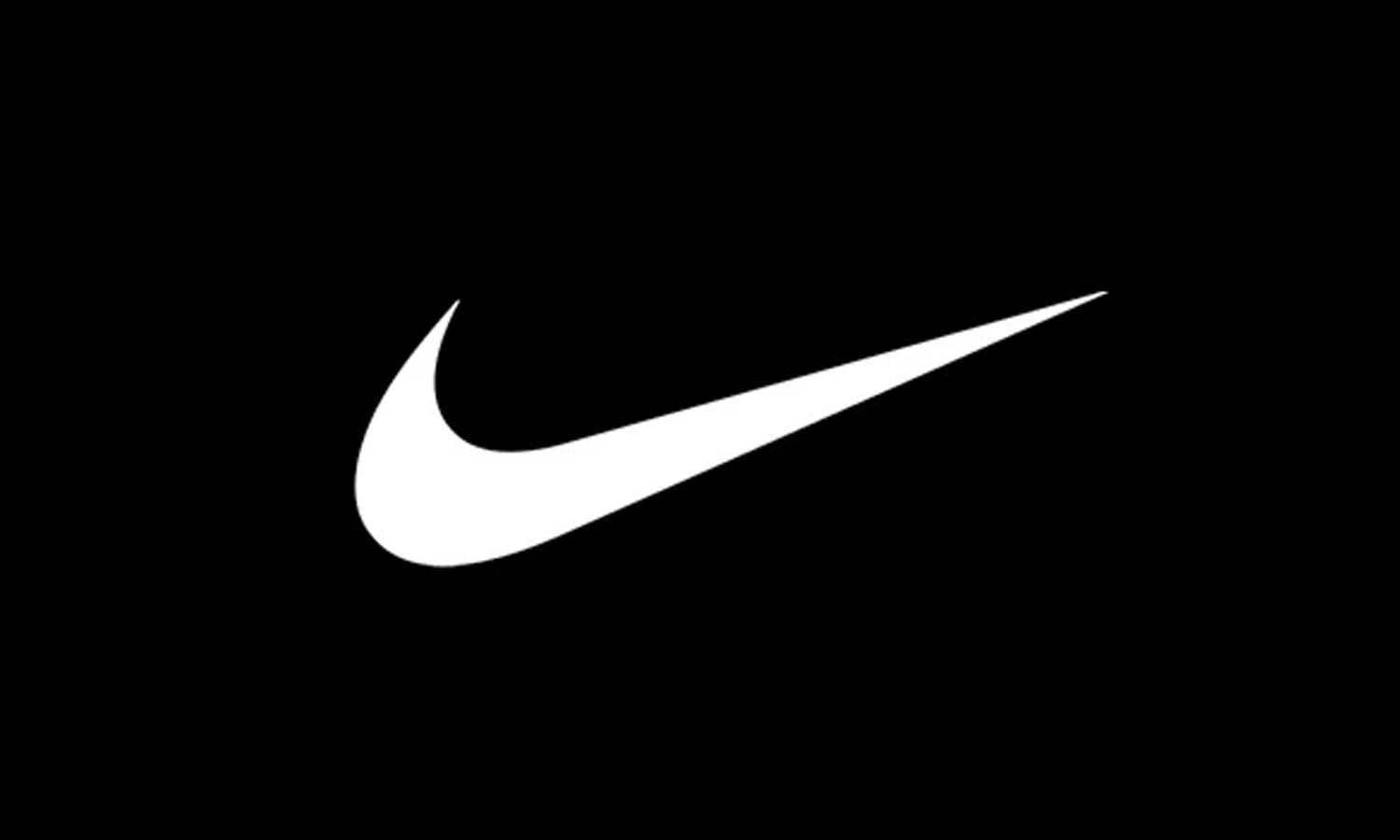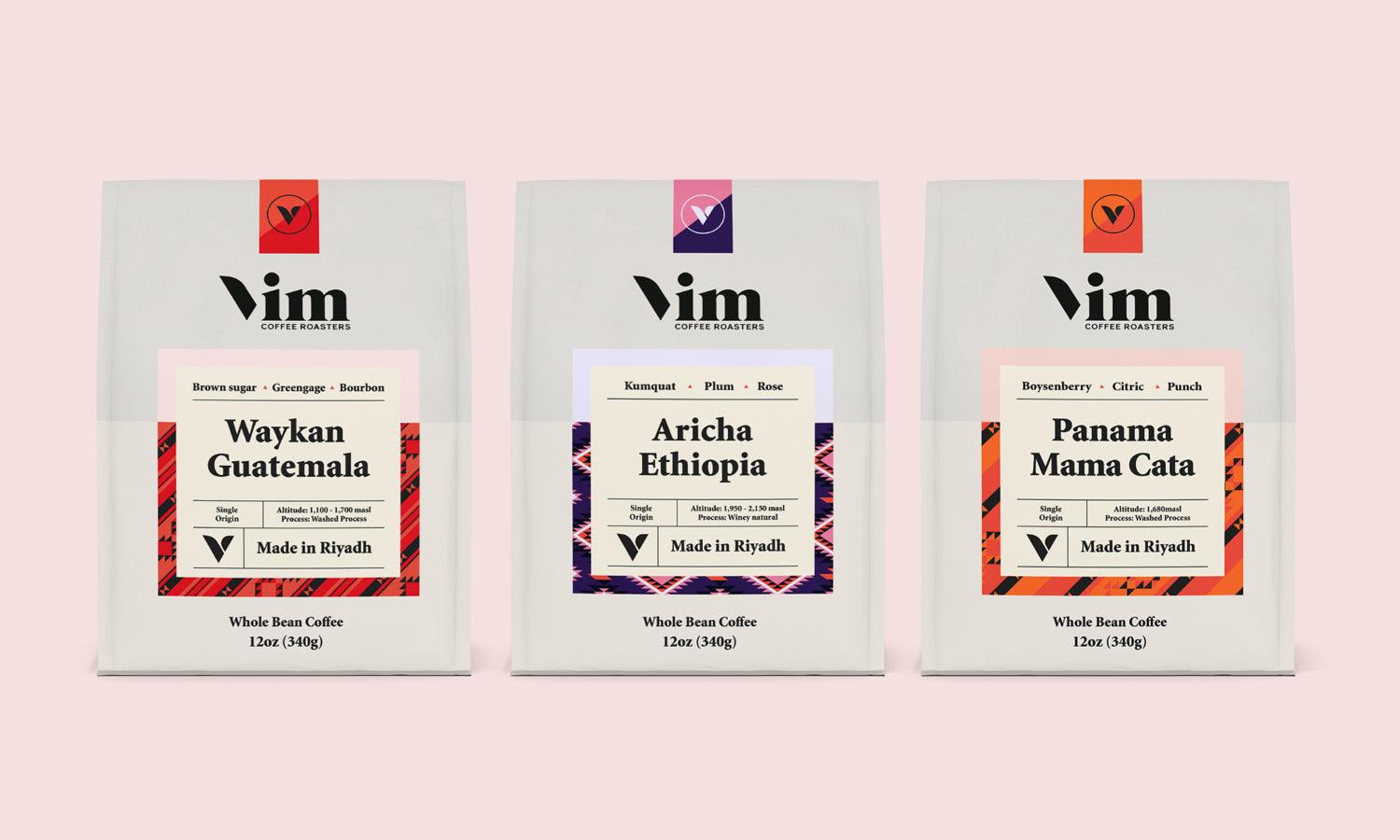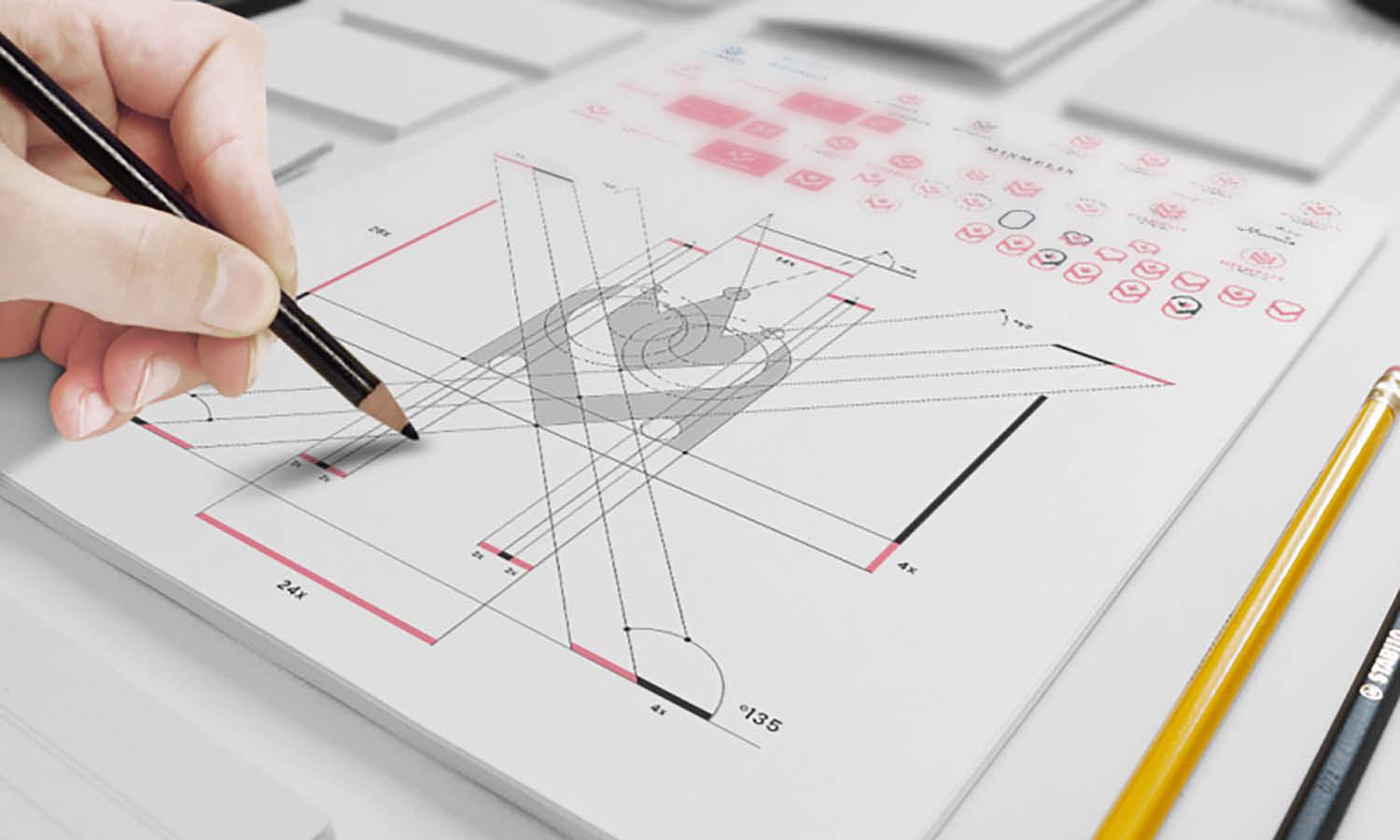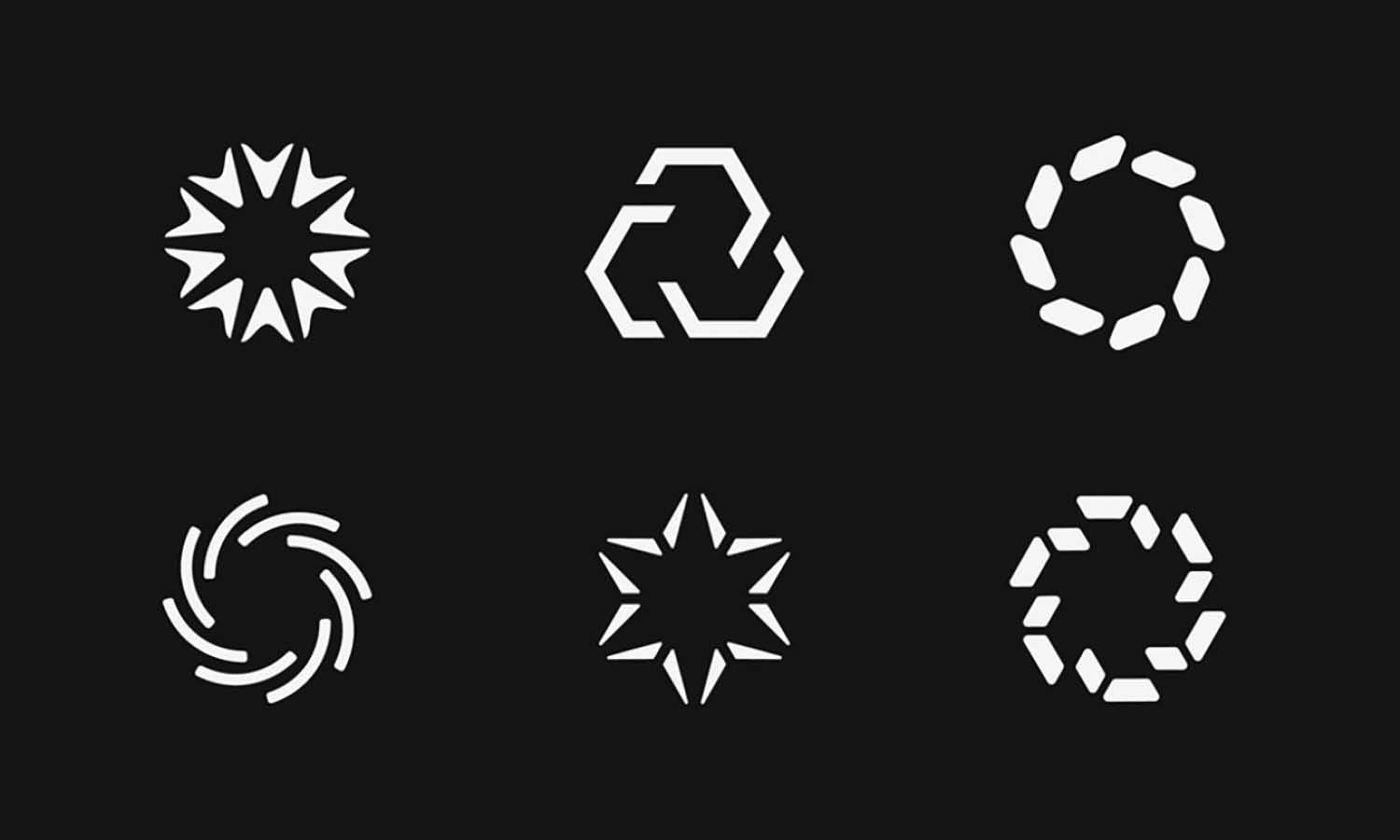Getting Hired by Showing These Skills: UI/UX Design Portfolio

Source: Nathan Bolger, Lab. - UI UX Design, Behance, https://www.behance.net/gallery/118547609/Lab-UI-UX-Design
In the competitive field of UI/UX design, your portfolio is more than just a collection of your best work—it's your key to new opportunities and professional growth. Whether you're a seasoned designer or a newcomer eager to break into the industry, a well-crafted UI/UX design portfolio can set you apart from the competition. This portfolio not only showcases your technical skills and creative vision but also highlights your problem-solving abilities and your understanding of user-centered design principles.
Creating a compelling UI/UX design portfolio requires careful consideration and strategic planning. It's about demonstrating your ability to translate user needs and business goals into engaging designs that enhance user experience. In this article, we will explore essential skills and components that can elevate your portfolio, making it a powerful tool to capture the attention of hiring managers and potential clients. By focusing on these key areas, you will learn how to present yourself as a versatile and impactful designer, ready to contribute to any team or project.
Highlight Your Research Process
A robust research process is the backbone of any successful UI/UX design portfolio. Showcasing your ability to conduct thorough user and market research can significantly elevate your portfolio's impact. Effective research demonstrates that you understand your users’ needs, behaviors, and the context in which they will interact with your designs. Include case studies in your portfolio that outline your research methodologies, such as user interviews, surveys, usability testing, and competitive analysis.
Highlight how your research influenced your design decisions. For example, explain how user feedback led to pivotal changes in your project’s interface. Visual elements like flowcharts, user personas, and journey maps not only add depth to your portfolio but also visually communicate your research findings. Make sure to articulate the problem you were solving with your design, and how your research directly addressed these issues.
In your UI/UX design portfolio, the narrative around your research process should convey a clear understanding of the design problem and the steps you took to address it, showcasing your analytical mindset and dedication to crafting user-centered solutions. This approach not only strengthens your portfolio but also positions you as a thoughtful designer who bases decisions on real-world data and user feedback.
Showcase Problem-Solving Skills
Demonstrating problem-solving skills in your UI/UX design portfolio is crucial to impress potential employers or clients. Your portfolio should not just showcase beautiful designs but also reflect your ability to tackle complex design challenges. Include specific projects that highlight your strategic thinking and creative solutions to difficult problems. Each project should clearly outline the challenge, your approach, and the outcome, emphasizing the impact of your solutions on the user experience and business goals.
For instance, showcase a redesign project where you improved the user interface of an underperforming application. Discuss the usability issues you identified, the various solutions you considered, and why you chose a particular approach. Include before and after screenshots to visually demonstrate the improvements made. Also, consider adding user feedback or analytics data to illustrate the effectiveness of your interventions.
Furthermore, highlight your flexibility and adaptability by showing how you respond to unexpected challenges during a project. Detailing how you pivot and adapt solutions based on new information or changing conditions can be particularly compelling.
Detail Your Design Thinking
Detailing your design thinking in your UI/UX design portfolio allows you to showcase how you approach problems and develop solutions. This process is fundamental in demonstrating your ability to think critically and strategically about user experience. To effectively communicate this, your portfolio should include projects that outline each phase of your design thinking process: empathize, define, ideate, prototype, and test.
Begin by explaining how you empathize with users to understand their needs and pain points. This might include examples of user interviews or ethnographic research. Next, illustrate how you define the core problems based on your empathy findings. Clearly articulate the specific user needs or business requirements you aimed to address.
In the ideation phase, show how you generate a wide range of creative solutions and narrow them down to the most viable options. Include sketches, wireframes, and brainstorming sessions that led to your final designs. Moving on to prototyping, display different stages of prototypes, from low-fidelity sketches to high-fidelity interactive models. Explain the rationale behind each iteration and how it evolved based on ongoing feedback and testing.
Finally, demonstrate your commitment to refining your solutions by discussing how iterative improvements are made throughout your design process.

Source: Hari Hs, Presence, Behance, https://www.behance.net/gallery/87042263/Presence
Incorporate User Testing
Incorporating user testing into your UI/UX design portfolio is essential to demonstrate your commitment to user-centered design. User testing validates the usability and effectiveness of your designs and shows potential employers or clients that you prioritize the user experience in your work. Include detailed case studies that document the user testing processes you have employed, the findings, and how these insights were used to refine your designs.
For each project featured in your portfolio, describe the different stages of user testing you conducted, such as A/B testing, usability testing, or remote user testing. Explain the objectives of these tests and the key questions you aimed to answer through this research. Highlight how user feedback was integral in making design decisions that significantly improved the user interface.
Include evidence of your findings from user testing sessions, such as quotes from users, statistics, or before-and-after comparisons of user interaction metrics. These can visually and quantitatively demonstrate the impact of your design improvements on user satisfaction and engagement.
Additionally, discuss any challenges you encountered during user testing and how you overcame them. This not only shows your problem-solving skills but also your ability to adapt and innovate under real-world constraints.
Exhibit Technical Proficiency
In the realm of UI/UX design, demonstrating your technical proficiency through your portfolio is crucial. A well-rounded UI/UX design portfolio should not only showcase your creative skills but also your mastery of industry-standard design tools and technologies. This includes proficiency in graphic design software, wireframing tools, and prototyping applications such as Adobe XD, Sketch, Figma, and InVision.
To effectively exhibit your technical skills, include projects in your portfolio that highlight your ability to use these tools to create seamless user experiences. Detail the process of transforming initial sketches into polished designs and interactive prototypes. Show your versatility in using different tools by including a variety of work that employs software-specific features, such as Figma’s collaborative capabilities or Adobe XD’s integration with other Adobe Creative Cloud apps.
Also, consider including any custom scripts or plugins you’ve developed to streamline your design process or enhance functionality. This not only shows your technical skills but also your ability to innovate within your workflow.
Demonstrate Collaborative Projects
Collaboration is a cornerstone of UI/UX design, where cross-functional teams come together to create user-centric solutions. Demonstrating your ability to work effectively with others in your UI/UX design portfolio can significantly enhance your attractiveness to potential employers.
Include examples of projects where you collaborated with other designers, developers, product managers, and stakeholders. Highlight your role and contributions within these teams, focusing on the interplay between your design skills and others' expertise to achieve the best outcomes. For instance, discuss how your design interface was influenced by insights from developers or how stakeholder feedback shaped the project’s direction.
Showcase projects that required you to adapt and integrate feedback from various sources, reflecting your flexibility and communication skills. Include testimonies or quotes from team members and stakeholders that attest to your collaborative spirit and your ability to unite various perspectives around a shared goal.
Additionally, explain the tools and methods you used for collaboration, such as design sprints, workshops, and digital communication tools like Slack or Asana, which helped facilitate project management and teamwork.
Visual Design Mastery
Visual design is a critical component of any UI/UX design portfolio. Showcasing your mastery of visual elements not only demonstrates your aesthetic sense but also your ability to communicate effectively through design. When building your portfolio, focus on including a variety of projects that highlight your skills in color theory, typography, layout, and overall visual composition.
Your portfolio should feature high-quality images of your designs that are both visually appealing and indicative of your professional standards. Discuss how you select and use colors to evoke emotions or convey messages, and how typography plays a role in the usability and readability of your designs. Highlight your ability to create balanced, clean layouts that enhance user experience.
Include examples where your visual design has directly influenced the success of a project. For instance, describe a redesign that led to increased user engagement or a visually-driven campaign that boosted brand awareness. These case studies will not only underline your technical skills but also your strategic use of visual design to achieve business goals.

Source: Alex Sav, Fitness Application "Como", Behance, https://www.behance.net/gallery/121734205/Fitness-application-Como
Interaction Design Examples
Interaction design is a cornerstone of UI/UX, focusing on creating engaging interfaces with logical, thought-out behaviors and actions. To effectively showcase your skills in interaction design within your UI/UX design portfolio, include detailed examples that highlight your ability to design intuitive interfaces that enhance user interaction.
Each project in your portfolio should illustrate how you craft user flows and interactions that are not only aesthetically pleasing but also user-friendly and functional. Discuss the rationale behind your choice of interaction models and the impact of these decisions on user experience. For instance, showcase how your design simplified the navigation of a complex website or how interactive elements you introduced improved the accessibility of a mobile app.
Incorporate videos or GIFs in your portfolio to demonstrate these interactions dynamically. These visual representations allow potential employers or clients to see your interactive designs in action, offering a clearer understanding of your design approach and capabilities.
Additionally, explain your process for prototyping and testing interactive elements, and how user feedback influenced the final designs. Highlighting your iterative process and responsiveness to user needs not only demonstrates your technical skillset but also your commitment to crafting user-centered solutions.
Accessibility Features
In today’s inclusive design environment, showcasing accessibility features within your UI/UX design portfolio is not just a niche skill but a fundamental requirement. Demonstrating your ability to design accessible digital products shows that you are a thoughtful designer who considers a wide range of users, including those with disabilities. In your portfolio, highlight projects that incorporate accessibility standards such as the Web Content Accessibility Guidelines (WCAG).
Detail your approach to ensuring your designs are usable by people with various disabilities. This includes designing for screen readers, creating keyboard-navigable interfaces, and using color schemes that are accessible to those with color vision deficiencies. Provide examples of how you’ve integrated these features into real projects. For instance, show how you’ve modified a user interface to enhance readability for users with low vision or how you’ve redesigned a product to make it more accessible to users with motor impairments.
By including these aspects in your UI/UX design portfolio, you underline your commitment to universal design principles. This not only broadens your appeal to potential employers who are committed to diversity and inclusion but also demonstrates your capability to address and implement complex user needs in your design work.
Personal Branding in Your Portfolio
Personal branding is crucial in distinguishing yourself in the crowded field of UI/UX design. Your portfolio is not just a collection of your works; it’s a reflection of your professional identity. To effectively use personal branding, ensure that your UI/UX design portfolio communicates your unique style, values, and vision.
Start by defining what sets you apart from other designers. This could be your innovative design approach, a particular niche you excel in, or even your philosophy towards user experience design. Reflect this uniqueness consistently across your portfolio, from the design style to the types of projects you showcase. For example, if your focus is on creating eco-friendly and sustainable designs, highlight projects that align with this ethos.
Your portfolio should also visually reflect your brand. Use a consistent color scheme, typography, and layout that align with your personal style. This consistency helps to reinforce your brand identity to viewers. Include a professional bio that articulates your background, your design philosophy, and what drives you as a designer.
Moreover, consider adding elements such as a blog or case studies that offer deeper insights into your thought process and design journey. These add a personal touch and allow potential employers or clients to connect with you on a more personal level. By weaving your personal brand throughout your UI/UX design portfolio, you not only showcase your technical skills and experiences but also create a memorable and distinctive professional presence.
Conclusion
In the dynamic field of UI/UX design, a well-rounded portfolio is essential for showcasing your skills, methodologies, and creative solutions. Each section of your portfolio should reflect your expertise and your ability to effectively solve user-centered problems. Whether it’s through demonstrating your technical proficiency, your knack for visual design, or your commitment to accessibility, a comprehensive UI/UX design portfolio will serve as your professional passport. Remember, the goal is to not just present what you've created but also illustrate your thought process and impact, positioning you as a standout designer ready for new challenges.
Let Us Know What You Think!
Every information you read here are written and curated by Kreafolk's team, carefully pieced together with our creative community in mind. Did you enjoy our contents? Leave a comment below and share your thoughts. Cheers to more creative articles and inspirations!
















Leave a Comment